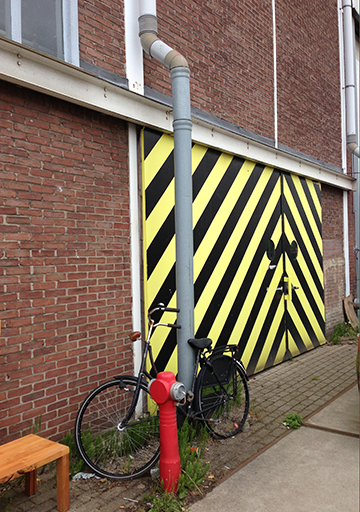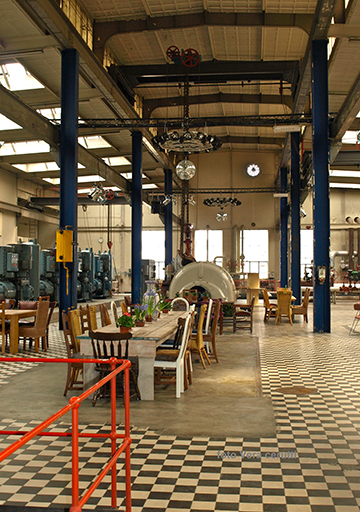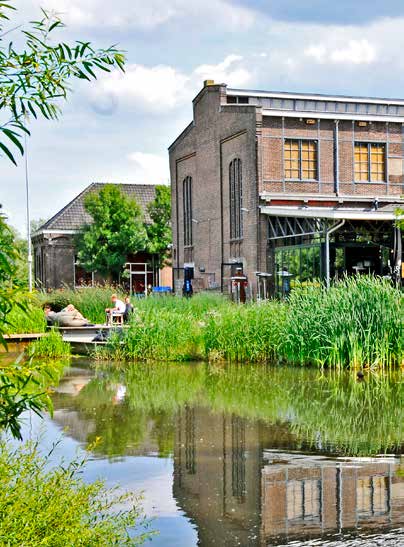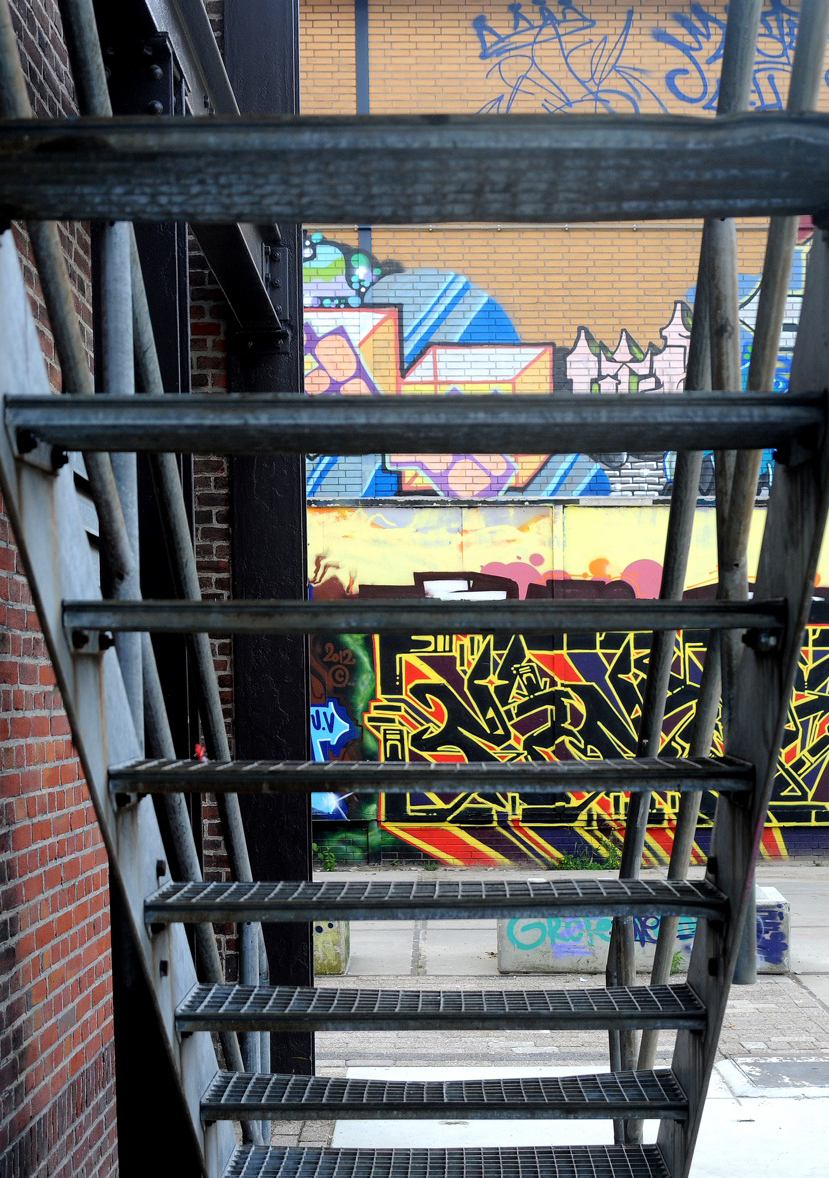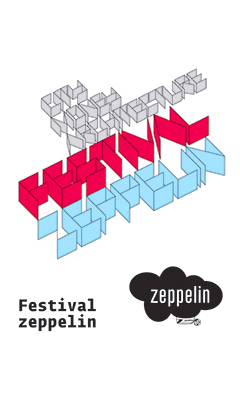Handbook for the creative industry man: Low-profile and efficient Amsterdam
No more, no less than an entire weekend, I wandered through the hippest places in Amsterdam looking for older or newer industrial areas that have been temporarily converted to accommodate creative projects. My aim was to discover what makes them work ‘over there’ and not yet here, and how come no one takes full advantage of the large scale industrial areas in Bucharest. Amsterdam is abounds of industrial areas of all sorts, from the more red brick shed roofed picturesque ones to those dating from the 70-90’s, built with concrete prefabricated, industrialized components, much resembling the ones from our socialist era.

